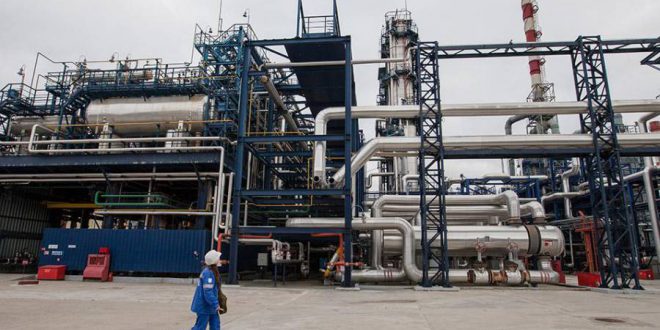Russia opened the spigots in July and pumped its highest level of oil since the OPEC+ agreement entered into force in January 2017. At 11.215 million bpd. Russia’s oil production last month was very close to the post-Soviet record-high of October 2016. the month used as a baseline for the production cuts.
Russia’s July oil production surged by 148.000 bpd from June. according to government data emailed to Bloomberg.
Russia currently expects its oil production to stay at these high levels in the next five months. a government official told Bloomberg on the condition of anonymity. This higher production could help offset supply disruptions from countries like Venezuela and Angola. and later in the year. Iran. when U.S. sanctions return.
Before the decision to reverse some of the cuts—or as OPEC and its Moscow-led allies put it. to stick to 100-percent compliance rates—Russia’s pledge in the pact was to cut 300.000 bpd of its oil production from the October 2016 level. which was the country’s highest monthly production in almost 30 years—11.247 million bpd.
Russia’s oil and condensate production in July was just 40.540 bpd lower than the October 2016 level. the energy ministry’s website says. quoting Energy Minister Alexander Novak.
Last week. Novak said that Russia is boosting its oil production in July and is reversing 200.000-250.000 bpd of the 300.000 bpd cut it had pledged in the OPEC non-OPEC deal.
In line with its agreement with OPEC to reverse part of the cuts. Russia was boosting its crude oil production last month. pumping as much as 11.193 million bpd in the first four days of July. up from 11.06 million bpd in June.
Russia’s key partner in the OPEC+ deal. OPEC’s largest producer and de facto leader Saudi Arabia. pumped near-record 10.65 million bpd in July. up by around 230.000 bpd in June. according to a Bloomberg survey of ship-tracking data. analysts. and oil companies.
 Iran Energy News Oil, Gas, Petrochemical and Energy Field Specialized Channel
Iran Energy News Oil, Gas, Petrochemical and Energy Field Specialized Channel




